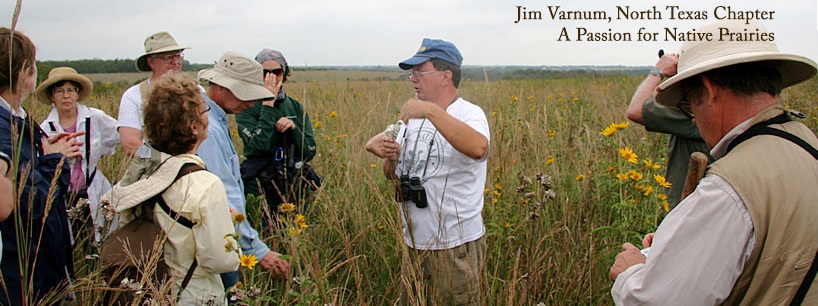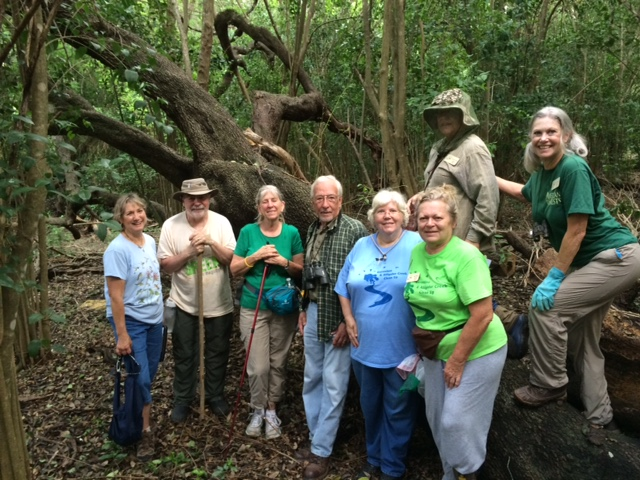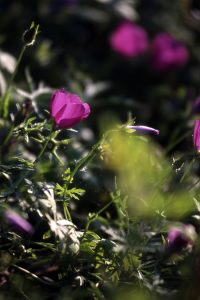Becoming a Texas Master Naturalist
Thursday, January 17th, 2019This is Passport to Texas
There’s a training program for people with a passion for nature. It’s called the Texas Master Naturalist Program.
The Texas Master Naturalist Program is a volunteer based training program; we develop a corps of well-informed volunteers that provide education, outreach and service around the state in the beneficial management of natural resources and the natural areas within Texas.
Mary Pearl Meuth (MOYT) is the program’s coordinator. They train roughly 700 volunteers annually, and have training sessions annually.
Our curriculum that is used for the training, has 26 chapters in it. So, they march through those 26 chapters all with a large context of the state of Texas, but then developed even more within their local ecosystem.
Once trained, volunteers provide 40 hours of community outreach, and take 8 hours of advanced training annually. The program’s not just about taking or facilitating classes. It’s also about discovery.
Quite a few of our Master Naturalists have identified new species of plants or new species of animals located within the state of Texas.
Are you ready to help Mother Nature, and to make a name for yourself – or a new species? The Texas Master Naturalist program can help. Find a training session at txmn.org.
That’s our show…brought to you in part by RAM Trucks. Built to Serve.
For Texas Parks and Wildlife…I’m Cecilia Nasti







 Passport to Texas is a
Passport to Texas is a  Passport to Texas is made available by:
Passport to Texas is made available by: